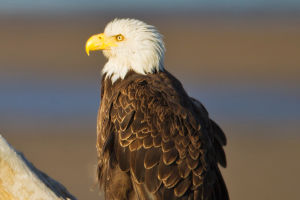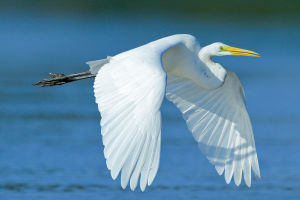The 12 international animals are the giant panda, gray wolf, Bengal tiger, snow leopard, Komodo dragon, kiwi bird, red kangaroo, moose, giraffe, elephant, bald eagle, and North American beaver.
1. The giant panda lives in dense bamboo forests at an altitude of 2600-3500 meters, where the temperature is consistently below 20°C. Abundant bamboo, terrain, and water sources favor their nesting and nurturing of offspring. Giant pandas are skilled climbers and enjoy playing.
2. The gray wolf, also known simply as the wolf, is a carnivorous mammal of the Canidae family. Gray wolves have two ears that stand vertically and roughly parallel, a tail drooping between the hind legs, a longer and pointed snout compared to dogs, a relatively wide mouth, large carnassial teeth, very sharp incisors, eyes slanted upward, and positioned higher than the bridge of the nose. They are distributed across countries like Afghanistan, Albania, and Armenia, among others.
3. The Bengal tiger is a carnivorous mammal of the Felidae family and is known as Panthera tigris tigris. It has a round head, short ears, a broad forehead with several black horizontal stripes, a series of vertical stripes visible in the center of the forehead, long whiskers on the sides of the lips, prominent canines on both sides of the upper and lower jaws, broad chest, slender waist, robust and powerful limbs.
4. The snow leopard is an elegant and rare member of the Felidae family, living in high mountainous regions, primarily in the Himalayas and other Asian high-altitude areas. They have gray-white fur with black spots and rings, allowing them to blend well in snowy terrain, and aiding in hunting.
5. The Komodo dragon is among the largest existing lizards, found on Indonesia's Komodo Island. They possess robust bodies and sharp teeth, making them formidable predators, primarily preying on water buffaloes and wild boars.
6. The kiwi, also known as the apteryx, is a flightless bird, standing over 2 meters tall, making it one of the world's largest bird species. They mainly inhabit New Zealand, feeding on plants, fruits, and insects.
7. The red kangaroo is an iconic species in Australia, recognized for its unique kangaroo appearance. These animals typically inhabit arid regions, feeding on grass and shrubs.
8. The moose is a very ancient marsupial living in Australia. They have horse-like heads and necks, while their tails resemble those of kangaroos, making them a unique and fascinating species.
9. The giraffe is a unique animal known for its long neck and bluish-purple tongue. They primarily live in the African savannah, feeding on leaves and tender branches.
10. The elephant is one of the largest land animals on Earth, boasting a massive body and a long trunk, symbolizing strength and wisdom. They live in various ecosystems across Africa and Asia.
11. The bald eagle is a powerful bird of prey, often regarded as a symbol of the ocean and coastline. They are mainly distributed in North America and feed on fish and other aquatic animals.
12. The North American beaver is a highly industrious and intelligent animal, renowned for constructing complex dams and habitats. They primarily reside in rivers and lakes across North America.
The wonders of nature are boundless, and these international animals form a part of the diverse and marvelous biodiversity in our world. In their respective habitats, they weave magnificent tales of life, each one a unique marvel in the natural realm. Our protection and reverence for these creatures are the best way to honor the gifts of nature. May we continue to strive, safeguard, and nurture these precious beings, ensuring that our world remains forever vibrant and alive.


